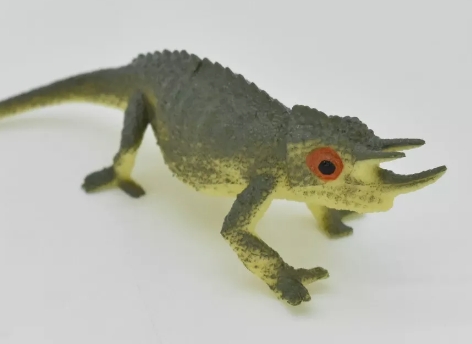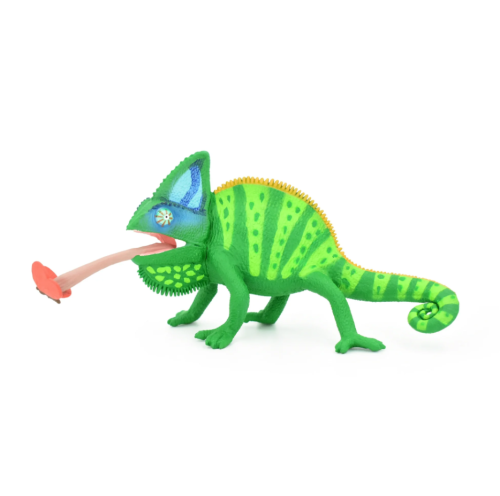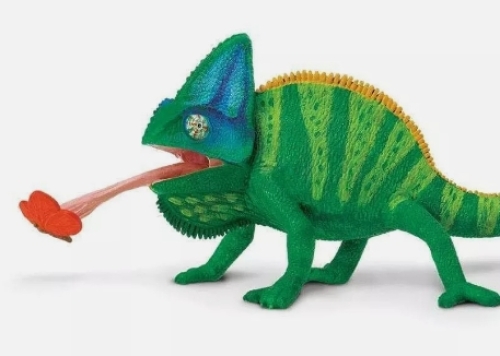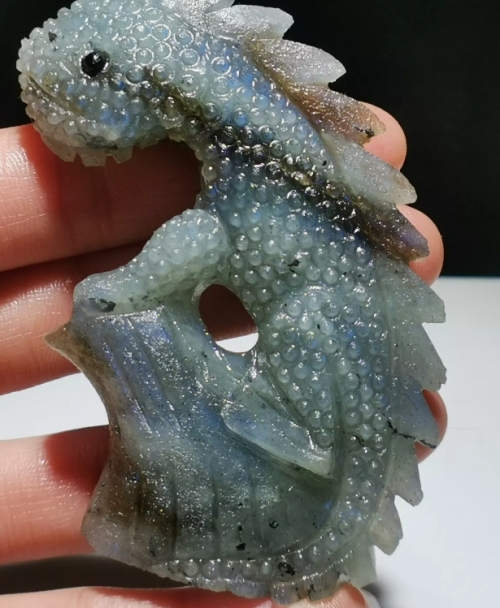A chameleon model is an exact replica of a chameleon and is widely used in scientific research, educational displays, and collections for nature lovers. The process of making a chameleon model usually involves engraving, painting, and detailing designed to realistically reproduce the chameleon's characteristics and unique color-changing ability.
The first step in making a chameleon model is engraving, usually using clay, resin or other materials to create the basic shape of the chameleon. When sculpting, the makers needed to recreate the chameleon's body, scales and limbs in detail. Next, the model is painted to simulate the color changes of the chameleon. Because chameleons are known for their unique ability to change color, the model needs to be painted with special care to show the gradient and markings on the chameleon's skin.
Detail is an important part of making the model realistic, including detailed depictions of the chameleon's eyes, tongue and tail. In addition, some high-end models will be equipped with a dynamic color transformation mechanism, which electronically simulates the color change of the chameleon. This technique allows the model not only to look realistic, but also to demonstrate the chameleon's color-changing behavior in its natural environment.
Chameleon models are not only useful for scientists and educators, they can also be valuable items for nature lovers and collectors. These models enhance public understanding and conservation awareness of this unique species by demonstrating the biological characteristics and color-changing capabilities of chameleons. Whether in museum exhibitions, classroom instruction, or personal collections, chameleon models provide a rich visual and educational experience for visitors.














